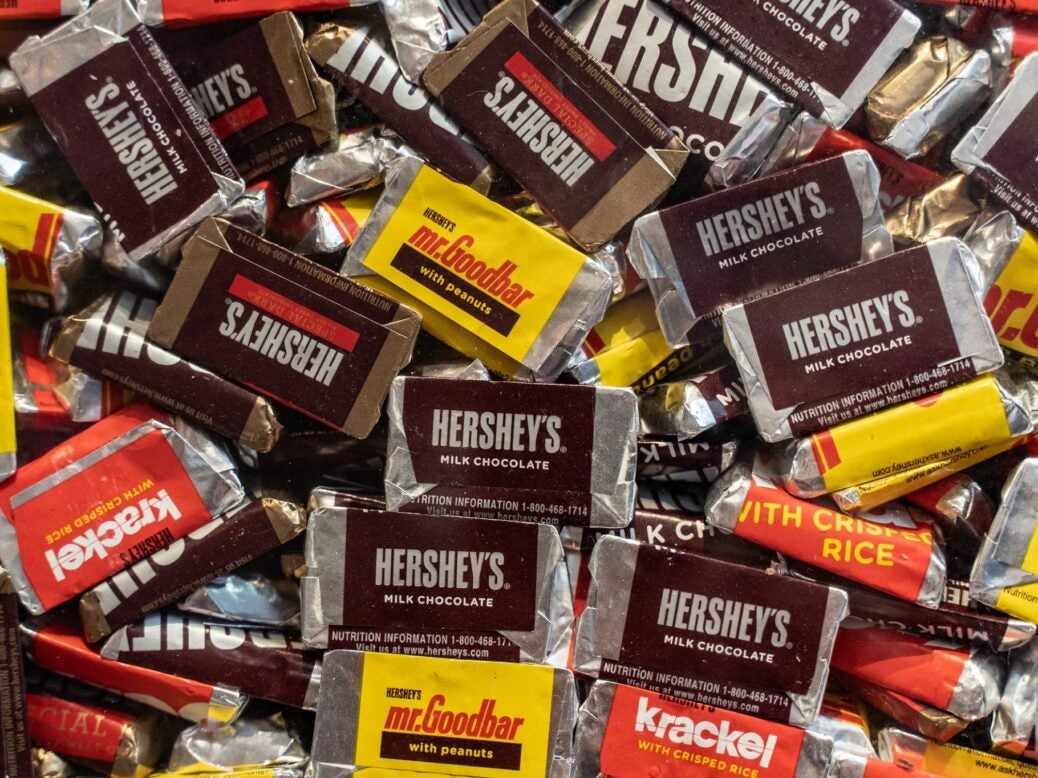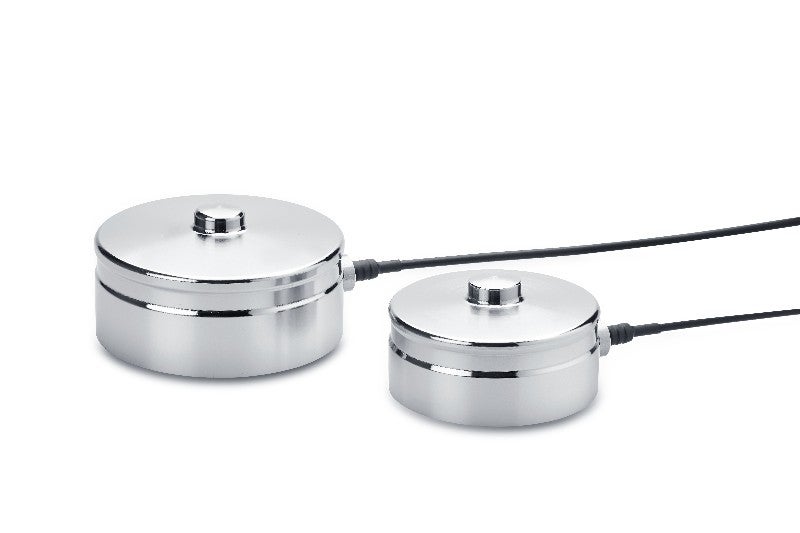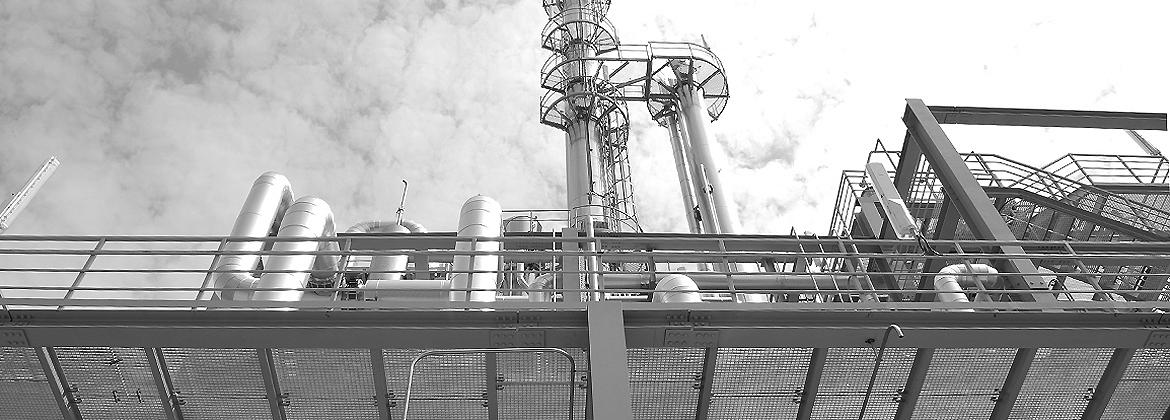
Consumers of Hershey confectionery and salty snacks can expect continued price increases into next year with input costs to remain in high single digits.
Hershey president and CEO Michele Buck, presenting third-quarter results on Friday (4 November), said that, despite the multitude of pressures on household budgets, people are prioritising snacks as an indulgent treat in these tough economic times.
However, the Reese’s buttercups and Dot’s pretzels maker is eyeing when consumers might reach “breaking point” as CFO Steve Voskuil said third-quarter volume increases were representative of “resilient price elasticities.”
“We continue to expect pricing to be a large contributor to net sales growth and help offset high single-digit cost inflation across commodities, packaging, logistics, wages, and other general operating expenses,” Voskuil said in his prepared remarks.
“While we expect the operating environment to remain dynamic into 2023, we also expect to enter next year with strong momentum and believe we are positioned to deliver a year of strong top- and bottom-line growth.”
Voskuil anticipates some moderation in input-cost inflation into next year but the high single-digit outlook remains.
Asked during the Q&A session to quantify where the “pain points” for Hershey are amid the general perception that inflation will ease in 2023, he said input-cost pressures are not expected to be “as high as this year”.
Voskuil explained: “On the commodity side, we still have some commodity pressure in some commodities where we don’t have complete hedging coverage. Packaging costs, logistics, still seeing inflation in people costs, some energy costs, and I would also say technology is probably another one that’s starting to be a bigger component. Across that basket, we’re still seeing high single-digit inflation.
“I would hope by the time we get to the back half of next year, you’re again starting to see more moderation as we start to lap more of those inflationary costs but [we’re] still expecting a pretty significant lift next year.”
Buck outlined a “reprioritisation” of how consumers are spending in the current environment, particularly around “value channels and value packs”.
She added: “Within our categories, the trends have really remained very strong as the consumer continues to prioritise snacking, and particularly sweet treats, and obviously we have minimal private-label presence. So, we continue to see that our products remain an affordable treat for families and for consumers. We know part of that is they want to reward themselves when times are tough.”
Buck emphasised an awareness about the “pressures” currently on consumers and the pick-up in demand for private label outside of the categories in which Hershey plays.
“I would say overall, we need to continue to be always focused on the consumer and when they could hit a breaking point, but to date as we look at our elasticities, we really aren’t seeing signs of that impacting our business,” she explained.
“That said, we’re going to be very focused on it going forward because we don’t want to miss a trend. I would say historically, our category has tended to fare pretty well during these times because it is an affordable indulgence when consumers can’t afford a lot of other things.”
With the third-quarter results beating Hershey’s own expectations, the company raised its forecasts for annual sales and earnings per share.
Top-line growth is now envisaged at 14-15% versus a prior estimate of 12-14%. EPS growth is expected at 11-13%, from 9-12%, and adjusted EPS at 14-15% as opposed to 12-14%.
Hershey did issued a note of caution on margins. Adjusted gross margin, which declined 180 basis points in the quarter to 42.5%, is likely to be down 120 points over the year as a whole.
“As expected, broad-based supply-chain inflation, labour investment, higher supply-chain costs to support sustained consumer demand, and unfavourable mix continued to pressure margin, partially offset by net price realisation and volume growth,” Voskuil said.
“While our gross margins continue to lag prior-year levels, we are pleased with the improvement in trends and expect the sequential improvement to continue into Q4.”



